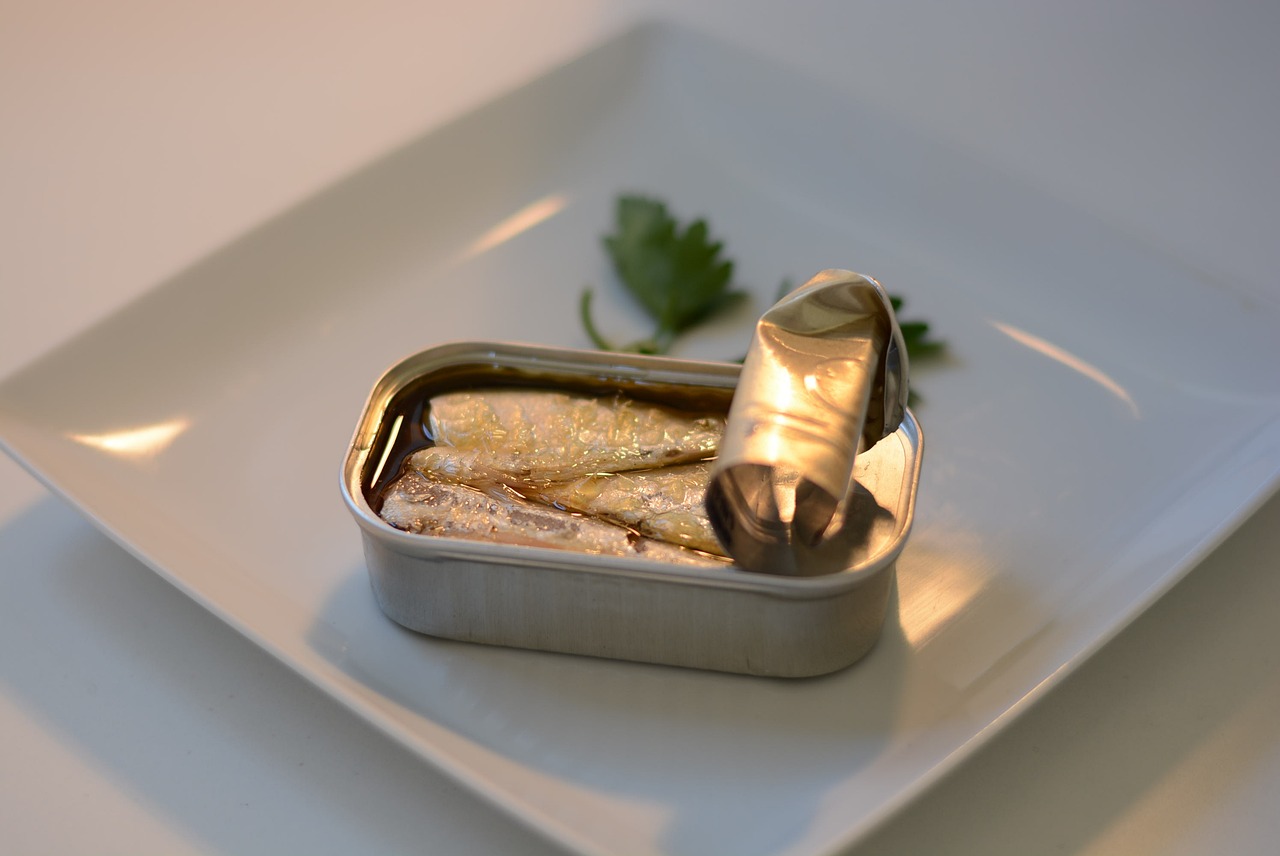Fish is a healthy alternative to meat. But does this also apply to tinned fish? How healthy this variant really is and what you need to consider when buying fish.
Fish is so healthy that it should be on the menu once or twice a week.
There is virtually no difference between frozen fish bought in the supermarket and fresh fish. In the case of frozen fish, the fish fillets or fish have been shock-frozen immediately after being caught. Hardly any nutrients and vitamins are lost. When buying fish, you should make sure that the packaging is undamaged.
Even canned fish is healthy. Canned fish and high-fat seafood are very good sources of omega-3 fatty acids. They are not affected by the canning process.
This fish is suitable for losing weight
You should still look at the calorie table if you buy canned fish. Fish preserved in oil or sauce usually has significantly more calories than the fresh variety.
If you like eating fish in tomato sauce, you should ensure the sauce has not been enriched with sugar. You can also do without oil if you buy fish marinated in its own juice.
There are 20 grams of protein in 100 grams of fish, which the body needs to build muscle. Nutrition experts recommend 0.8 grams of protein per kilogramme of body weight per day. Fish protein is particularly easy to digest. And it is also filling. In this respect, lean fish such as redfish, are ideal for anyone who wants to lose weight.
These nutrients in fish are good for the body
The omega-3 fatty acids contained in fish are also good for the body. The polyunsaturated fats protect against inflammation and cardiovascular disease, strengthen the immune system and support brain function. Fish species such as salmon, mackerel, and herring are rich in omega-3 fatty acids.
Vitamin D is also abundant in fish. This is particularly true of fatty varieties such as mackerel, salmon, herring, tuna and sardines. Vitamin D is needed for children’s bone growth and strengthens the immune system.
Fish is also the most important natural source of iodine. Two portions of seafish a week can cover a quarter of the total weekly iodine requirement. Fish also contains the trace element selenium – which, like iodine, supports the function of the thyroid gland.
How to recognise fresh fish
You can recognise fresh fish by its eyes, skin and gills. The eyes should be clear, transparent and bulging – i.e. not sunken. The skin should be shiny, and the gills should be light red in colour. The freshness of a fish fillet can be recognised by the fact that the individual muscle segments do not fold apart.
If you buy pre-packed fish in the supermarket and want to be environmentally conscious, you should look out for quality seals and certificates. The Marine Stewardship Council (MSC) has a logo with a small blue fish. MSC-certified fisheries, for example, are only allowed to catch enough fish so that the fish stock is not affected.
How to store fish
If you want to keep fish in the fridge for more than one or two days after buying it, you should freeze it. The leaner the fish, the longer it will keep. Plaice or zander, for example, can be frozen for up to eight months, while eel or salmon can only be kept for one to three months.
Fish must be cleaned before freezing. If fresh fish has been prepared, leftovers can be frozen for a short time. However, prepared fish that is already in the freezer should not be frozen again.
- source: t-onine.de/picture: Bild von Lola Rudolphi auf Pixabay
This post has already been read 2033 times!



